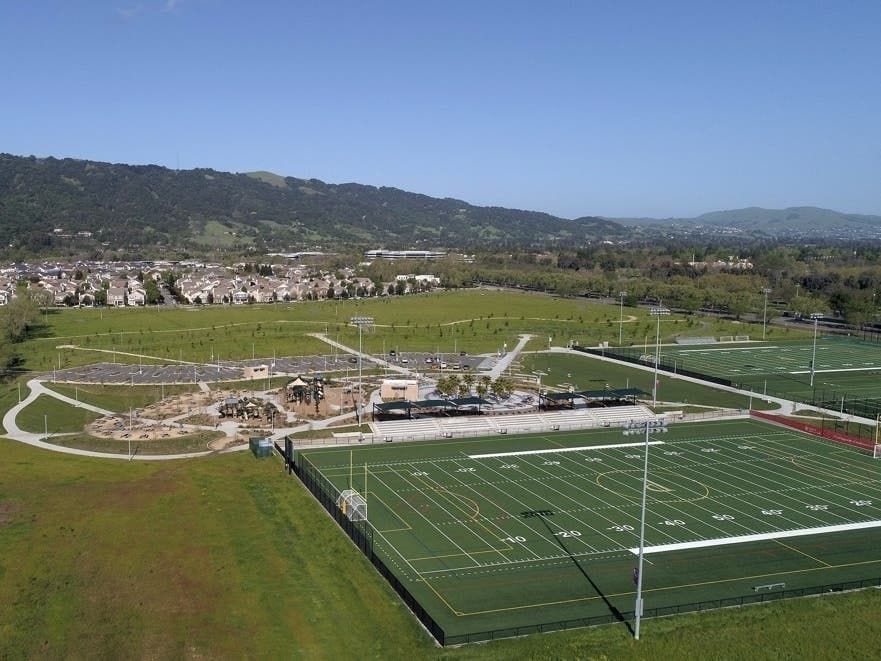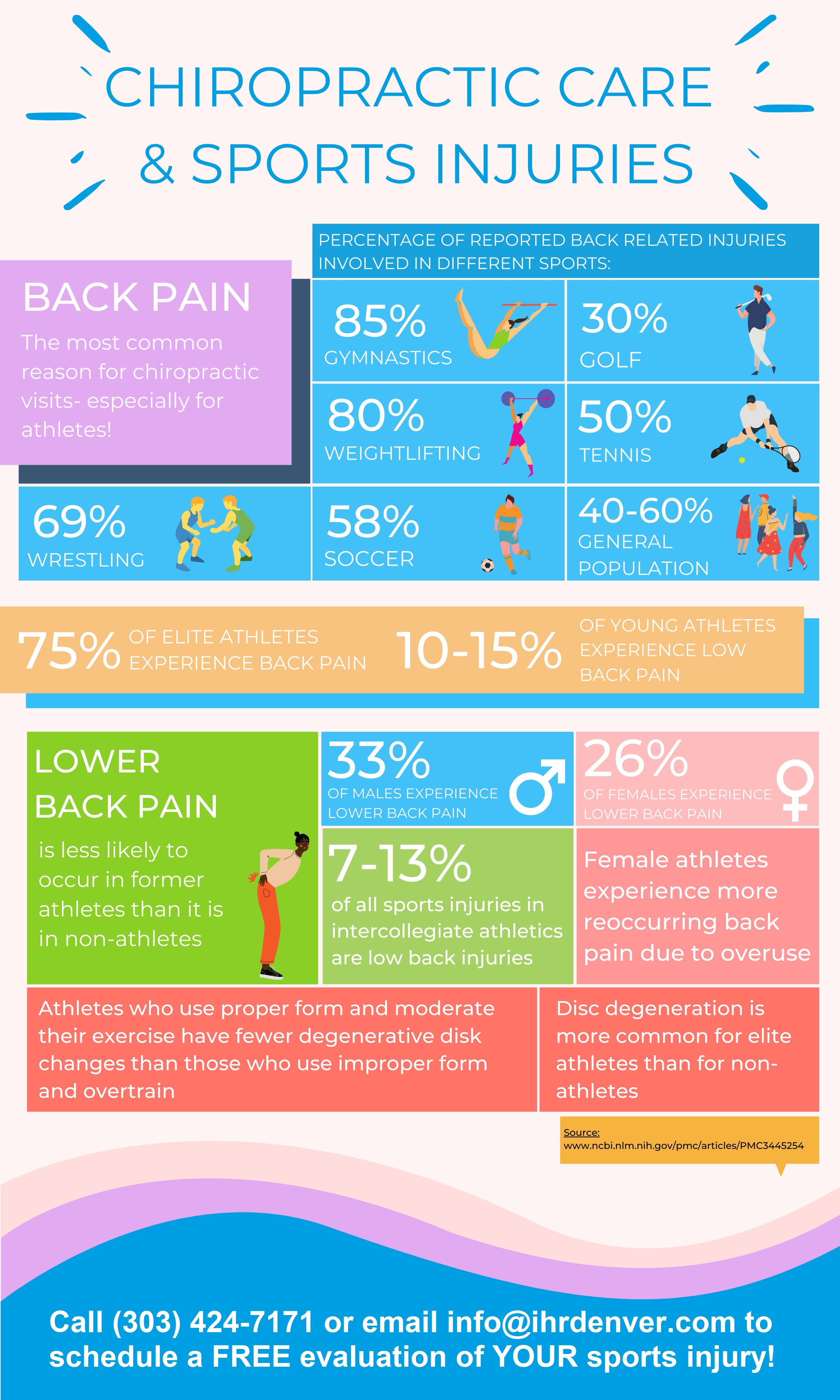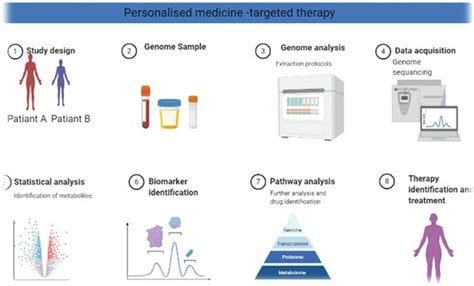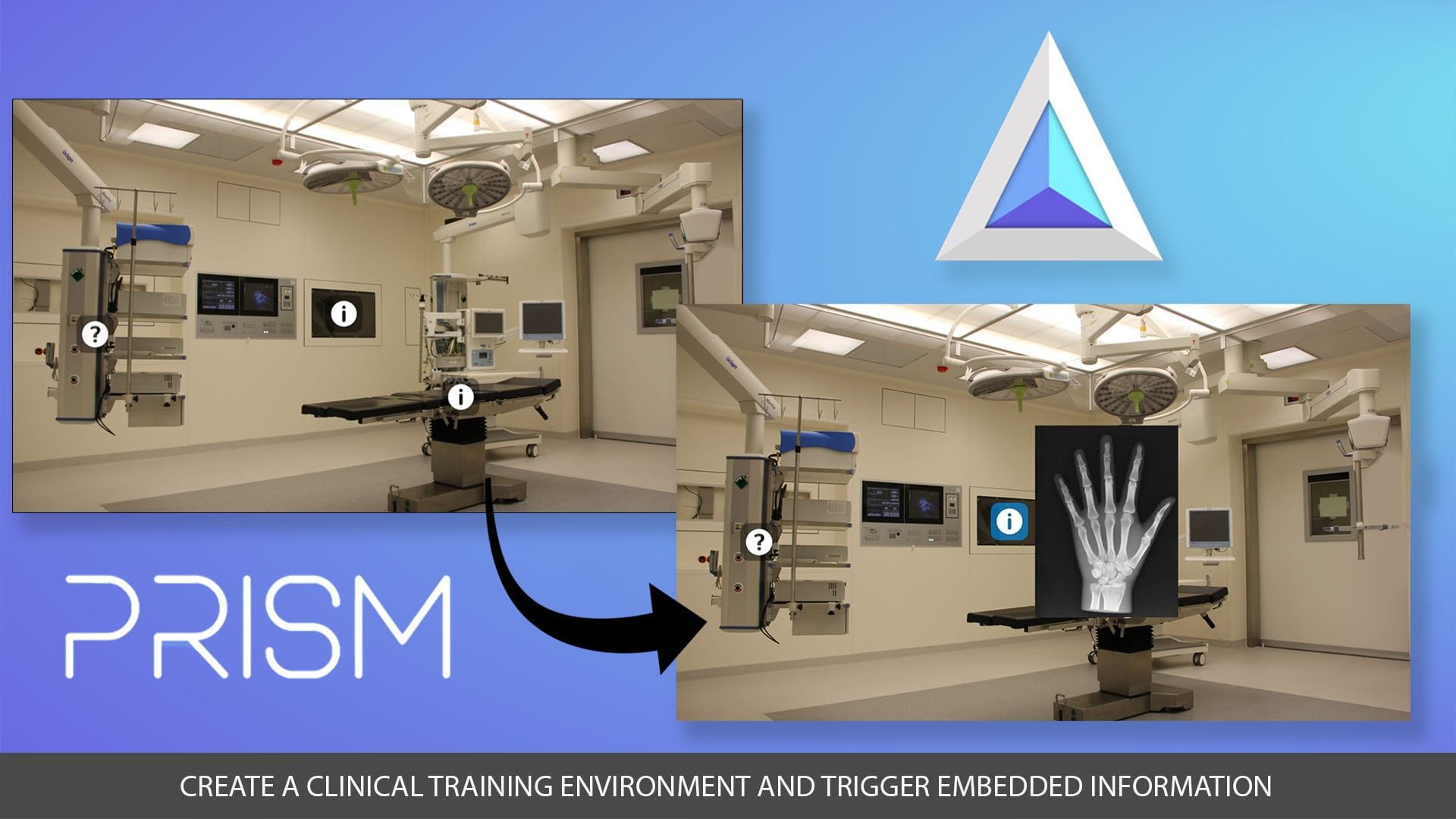
The world of sports has witnessed a significant transformation in recent years, with advancements in technology, training methods, and medical care. One institution at the forefront of this revolution is the Stanford Medicine Sports Complex, a cutting-edge facility that is redefining the way we approach sports performance, injury prevention, and athlete care. In this article, we will explore five ways in which the Stanford Medicine Sports Complex is revolutionizing sports.
Integrated Care for Athletes

The Stanford Medicine Sports Complex is built around the concept of integrated care, where athletes receive comprehensive support from a team of medical professionals, coaches, and trainers. This approach recognizes that athletes are not just physical entities but also mental and emotional beings. By providing access to sports medicine physicians, physical therapists, nutritionists, and mental performance specialists, the complex offers a holistic approach to athlete care.
One of the key benefits of this integrated care model is the ability to identify and address potential issues before they become major problems. For example, a sports medicine physician may work with a physical therapist to develop a customized training program that addresses an athlete's specific injury risks. This proactive approach can help prevent injuries, reduce downtime, and optimize performance.
Personalized Medicine and Genomics

The Stanford Medicine Sports Complex is also at the forefront of personalized medicine and genomics in sports. By leveraging advances in genetic testing and analysis, the complex can provide athletes with tailored recommendations for training, nutrition, and recovery. This approach recognizes that each athlete is unique, with distinct genetic profiles that influence their response to different stimuli.
For example, genetic testing can help identify athletes who are more susceptible to certain injuries, such as ACL tears or concussions. Armed with this information, coaches and trainers can develop targeted training programs that mitigate these risks. Similarly, genetic analysis can inform nutritional strategies, helping athletes optimize their fueling and recovery.
Data-Driven Decision Making

The Stanford Medicine Sports Complex is committed to data-driven decision making, leveraging advances in wearable technology, analytics, and artificial intelligence to inform coaching, training, and athlete care. By collecting and analyzing vast amounts of data, the complex can provide athletes and coaches with actionable insights that drive performance gains and reduce injury risk.
One example of this data-driven approach is the use of wearable devices to track athlete workload and recovery. By monitoring metrics such as heart rate, sleep quality, and muscle soreness, coaches can adjust training programs in real-time, ensuring that athletes are not overreaching or underrecovering. This approach can help optimize performance, reduce injury risk, and extend athlete careers.
Immersive and Interactive Training Environments

The Stanford Medicine Sports Complex features state-of-the-art training facilities that simulate real-world environments, allowing athletes to train in immersive and interactive settings. This approach recognizes that athletes learn and adapt best when they are engaged and challenged in meaningful ways.
One example of this immersive approach is the use of virtual reality (VR) and augmented reality (AR) technology to simulate game scenarios and environments. By placing athletes in realistic and dynamic situations, coaches can assess their decision-making, reaction time, and movement patterns in a more accurate and relevant way. This approach can help athletes develop the skills and instincts needed to perform at the highest level.
Community Engagement and Education

The Stanford Medicine Sports Complex is committed to community engagement and education, recognizing that the benefits of sports and physical activity extend far beyond the playing field. By providing educational programs, workshops, and resources, the complex aims to promote healthy lifestyles, prevent injuries, and support overall well-being.
One example of this community-focused approach is the complex's partnership with local schools and youth organizations. By providing coaching, training, and mentorship, the complex can help young athletes develop the skills and knowledge needed to succeed in sports and beyond. This approach can help promote positive youth development, reduce health disparities, and foster a culture of physical activity and wellness.
In conclusion, the Stanford Medicine Sports Complex is revolutionizing sports by providing integrated care for athletes, leveraging personalized medicine and genomics, using data-driven decision making, creating immersive and interactive training environments, and engaging with the local community. By combining cutting-edge technology, innovative approaches, and a commitment to athlete care, the complex is setting a new standard for sports performance, injury prevention, and overall well-being.
As we move forward in the world of sports, it is clear that the Stanford Medicine Sports Complex will continue to play a leading role in shaping the future of athlete care and performance. By staying at the forefront of innovation and excellence, the complex will remain a beacon of hope for athletes, coaches, and fans around the world.
We invite you to share your thoughts and comments on the Stanford Medicine Sports Complex and its innovative approaches to sports performance and athlete care. How do you think the complex is revolutionizing sports, and what do you see as the most promising areas of innovation and growth?
What is the Stanford Medicine Sports Complex?
+The Stanford Medicine Sports Complex is a cutting-edge facility that provides comprehensive care for athletes, combining medical expertise, coaching, and training to optimize performance and prevent injuries.
What is personalized medicine and genomics in sports?
+Personalized medicine and genomics in sports involves using genetic testing and analysis to provide athletes with tailored recommendations for training, nutrition, and recovery, recognizing that each athlete is unique and responds differently to different stimuli.
How does the Stanford Medicine Sports Complex use data-driven decision making?
+The Stanford Medicine Sports Complex uses data-driven decision making by collecting and analyzing vast amounts of data from wearable devices, analytics, and artificial intelligence to inform coaching, training, and athlete care, providing actionable insights that drive performance gains and reduce injury risk.